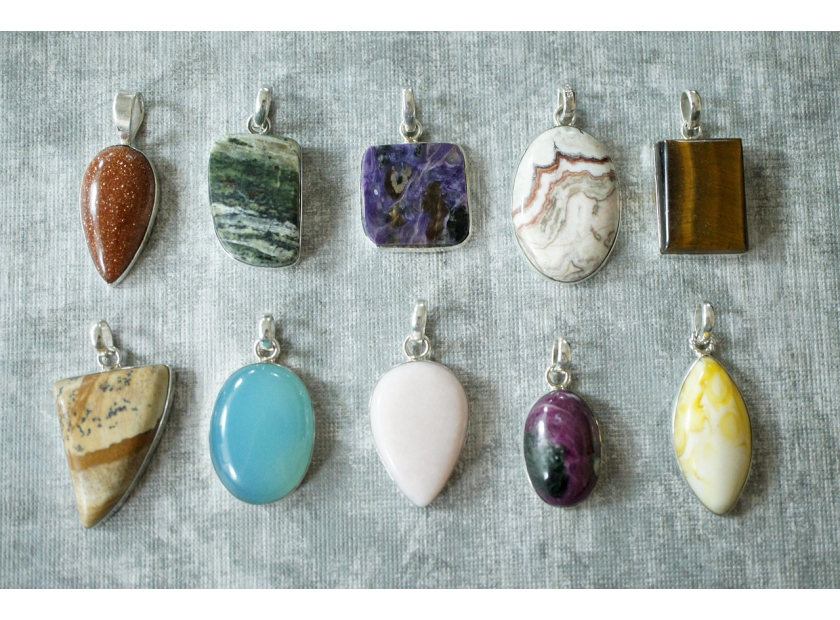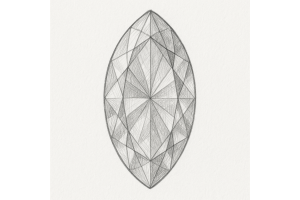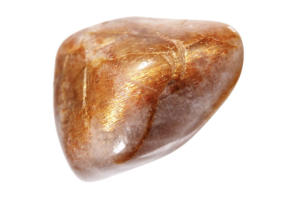GBP
/
GBP
/
Shipping to:
Currency:
Is Jade More Valuable Than Nephrite? A Guide to Understanding the Differences
Jade has long been cherished across various cultures for its beauty and symbolism.
However, there's often confusion surrounding the term "jade," as it encompasses two distinct minerals: jadeite and nephrite.
This article delves into the differences between these two gemstones, their individual values, and addresses common questions to help you make informed decisions when considering jade pieces.
Understanding Jade: The Two Varieties
The term "jade" refers to two different minerals: jadeite and nephrite.
While they share similarities, they differ in composition, appearance, and value.
- Jadeite: A sodium and aluminium-rich pyroxene mineral, jadeite is renowned for its vibrant colours, including the highly sought-after "imperial green."
- It also appears in shades of lavender, red, orange, yellow, and even blue.
- Jadeite's texture is typically granular, and it has a hardness of 6.5 to 7 on the Mohs scale.
- Nephrite: Composed of calcium, magnesium, and iron-rich amphibole minerals, nephrite is usually found in creamy whites ("mutton fat" jade) and various green hues, often with a more muted, fibrous appearance.
- Nephrite is slightly softer than jadeite, rating between 6 and 6.5 on the Mohs scale, but is known for its exceptional toughness.
Distinguishing Between Jadeite and Nephrite
Several factors differentiate jadeite from nephrite:
- Colour and Transparency: Jadeite boasts a broader spectrum of vivid colours and is often more translucent than nephrite, which typically presents in darker, more opaque tones.
- Texture: Jadeite has a fine-grained, granular texture, whereas nephrite exhibits a fibrous, interwoven structure, contributing to its renowned toughness.
- Geographical Sources: Jadeite is primarily sourced from Myanmar, while nephrite is found in locations such as China, New Zealand, Canada, and Russia.
Assessing Value: Is Jadeite More Valuable Than Nephrite?
In general, jadeite is considered more valuable than nephrite, primarily due to its rarity and the intensity of its colours.
The most prized jadeite, known as "imperial jade," features a deep emerald-green hue and high translucency, commanding premium prices in the market.
Nephrite, while historically significant and valued, is more abundant and typically less expensive.
However, exceptional nephrite pieces, especially those with historical provenance or superior craftsmanship, can also fetch high prices.
Cultural Significance and Symbolism
Both jadeite and nephrite hold profound cultural importance:
- In Chinese Culture: Jade has been revered for thousands of years, symbolising purity, moral integrity, and immortality.
- Emperors and nobility often adorned themselves with jadeite ornaments, considering them embodiments of virtue and status.
- In Māori Tradition: Nephrite, known as "pounamu" or "greenstone," is treasured by the Māori people of New Zealand.
- It is used to craft heirloom pendants and weapons, symbolising strength, authority, and a connection to ancestors.
Identifying Authentic Jade
To ensure the authenticity of jade:
- Visual Inspection: Genuine jade often has a smooth, even texture without air bubbles. Be cautious of overly vibrant colours, as they may indicate dye treatments.
- Temperature Test: Authentic jade feels cool to the touch and warms slowly when held.
- Sound Test: When gently tapped, real jade produces a resonant, bell-like sound.
- Professional Assessment: For significant purchases, it's advisable to seek evaluation from a certified gemologist or obtain a laboratory report to confirm authenticity and detect any treatments.
Exploring Gemstone Jewellery Options
If you're captivated by the allure of gemstones like jade, you might also be interested in exploring other exquisite options.
For instance, check out gemstone engagement rings that offer a vibrant and unique alternative to traditional diamond rings.
Additionally, check out non-traditional engagement rings that feature distinctive designs and gemstones, perfect for those seeking something truly unique.
Frequently Asked Questions
Is all jade either jadeite or nephrite?
Yes, the term "jade" encompasses two distinct minerals: jadeite and nephrite.
Can nephrite ever be more expensive than jadeite?
While jadeite typically commands higher prices, exceptional nephrite pieces, particularly those with historical significance or superior craftsmanship, can surpass jadeite in value.
How can I tell if I'm buying real jade?
Authenticating jade involves visual inspections, temperature and sound tests, and ideally, assessments by certified gemologists.
Why is imperial jade so expensive?
Imperial jade is highly valued for its rare, deep emerald-green colour and high translucency, making it exceptionally sought after.
Is nephrite jade still valuable today?
Absolutely.
Nephrite continues to be valued for its toughness, historical significance, and cultural importance, especially in regions like New Zealand and China.








